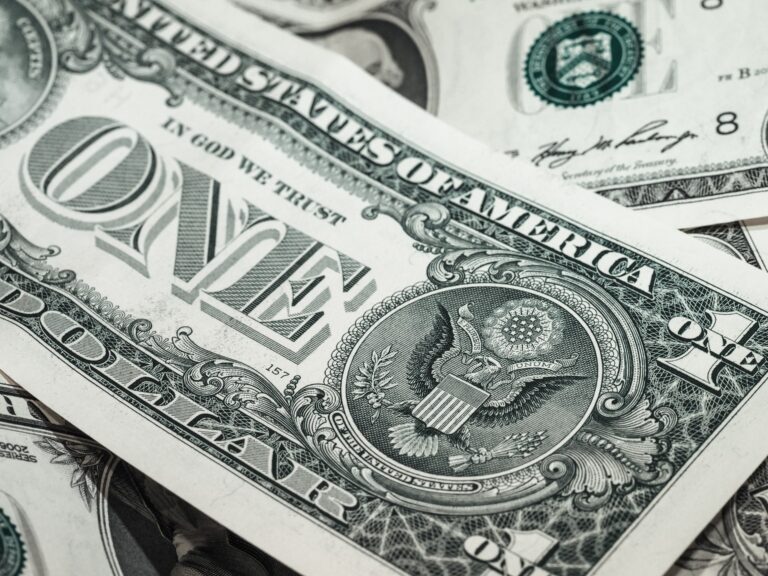
UK CPI inflation – Part One
Discussion and Analysis by Charles Porter:
PART ONE: Inflation data and Exchange Rates
This morning saw the monthly release of salient macroeconomic data related to prices and inflation. Each major GBP-based currency pair has experienced a rally following the release, leading to an explicit appreciation of the Pound Sterling. This article analyses the market mechanisms behind the revaluation.
The Office of National Statistics (ONS) released a series of Macroeconomic data this morning. Data included the headline Consumer Price Index (CPI) alongside the Retail Price Index and various breakdowns therein.
The paradox this morning is that inflation exceeded expectations and, in absolute terms, was exceptionally high, however, the exchange rate appreciated. The ONS this morning published a CPI inflation rate of 2.9% year on year for the month of August. With the Retail Index similarly beating market expectations, the inflation picture for the UK economy is concerning. Inflation statistics measure the rise and acceleration in the domestic (and international) price level and (deteriorating) purchasing power of the national currency. So, if inflation rises, then the value of each unit of the domestic currency over the given period has decreased.
If an increase in inflation is anticipated, it will be factored into the market exchange rate through an expectation-based manipulation of the clearing rate of supply and demand. Current investors and holders of the currency will wish to limit their exposure to the domestic currency and thereby increase the money supply upon their exit. In contrast, those prospectively looking to hold the currency will look elsewhere due to fears that inflation will erode their returns. This reaction reduces the demand for the currency. The two forces mutually reinforce to decrease the clearing price and parity of the currency against international counterparts.
If inflation is unexpected, investors will be tempted to limit or eliminate their exposure to the currency, similarly increasing the supply, whilst the demand falls. When inflation is unexpected, the adjustment is more instantaneous as ‘hot’ money flows surge around the economy. So why did the exchange rate appreciate so rapidly in favour of the pound (and not depreciate) following an inflation report that showed the price level accelerating at rates above target inflation?
Once again, extending the theme of the past few weeks, central banks hold the answer. The Bank of England (BoE) is set to decide on monetary policy following a Committee meeting on Thursday. Sterling’s appreciation today stems from the pricing in of a Hawkish prospective monetary policy decision. With a 6-to-2 divide following the last monetary committee meeting, investors’ hopes for a further division and a movement closer to an affirmative rate-hike decision shifted the exchange rate.
Whilst the base-case and expectations across the market remain with a no-hike decision, the central price inflation mandate is being threatened. Curtailing inflation through a tighter set of monetary policies therefore seems more likely. Monetary tightening through the curtailment of quantitative easing or raising of interest rates traditionally, and logically, appreciates exchange rates. By decreasing the central bank’s extension of the money supply and increasing the rate of return to investment respectively, the equilibrium exchange rate should rise. The increased probability of a monetary policy tightening is what the graphs below and Sterling’s appreciation reflects.

The Graphs above show the Sterling-Euro and Sterling-Dollar intraday exchange rate fluctuations. The CPI data was released by the ONS at 09:30 this morning. A clear spike coincides with this time because expectation-based mechanisms manipulated the clearing rate of the two pairs of currencies. Following the decision, Sterling continued its gains against the international reserve currencies throughout the morning.
Part Two of this article examines why the appreciated exchange rates following this morning’s statistics release may not be sustainable, creating doubt over Sterling’s rediscovered strength.
Related Insights

Daily Brief – EU Inflation
EU Inflation With the ECB annual symposium meeting in sunny Sintra, Portugal, inflation is very much on President Lagarde’s mind ; that is because it is showing signs of rising with the monthly inflation rate showing an increase of 0.3% and that presages a break above the target 2% rate just as she and her colleagues […]

Daily Brief – Gold
Gold With Gold accounting for the second highest proportion of Central Bank reserves after the USD and the mood music shifting to it assuming a greater influence on future reserves management, it is worth looking at the numbers behind that. In the 1960s, Central Banks held the highest amount historically of 38,000 tons of gold. […]

Daily Brief – US Dollar
US Dollar Markets not liking POTUS pontificating on the Federal Reserve’s interest rate policy on Wednesday, and less still on his view about the competence or otherwise of Chairman Powell. Given the past few weeks, the betting is that Powell’s time is over either being replaced or having a Trump nominee second guessing him but […]


 Humphrey Percy
Humphrey Percy